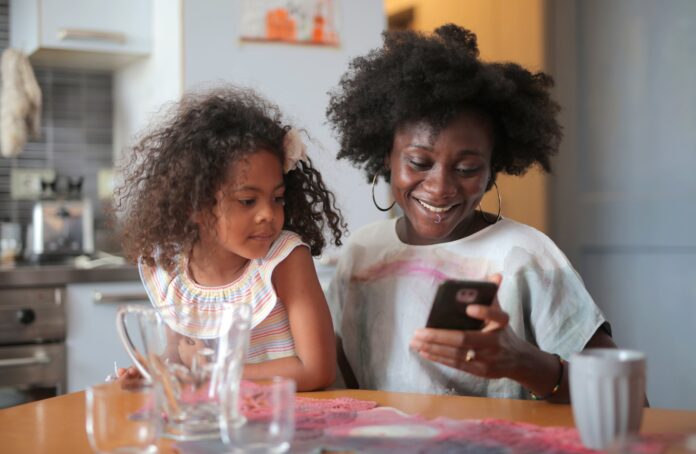
By
Perhaps without even realizing it, we are inundated with information nearly everywhere in our lives.
TV, radio, Spotify, SoundCloud, text messages, notifications that someone liked a post on Instagram/TikTok/Snapchat, news alerts, emails from teachers, advertising in every social media feed, and scrolling through the hundreds of posts up on the Shade Room every day. That is the media life of a teenager (and we’re probably missing a few things.)
And, especially as AI advances, it’s getting increasingly difficult for both students and adults to sift through this information for what’s real, what’s trustworthy, and what’s important.
So, while schools around the country rightfully focus on traditional student literacy, K-12 students in New Jersey will soon learn another form: information literacy.
Martin recalled the Frederick Douglass quote that knowledge unfits a man to be a slave, and says that’s more relevant now than ever as “politicians and government entities are trying to tell teachers and children what they should not have access to.”
“Besides making us stupid as a nation by deleting parts of the knowledge base, it’s also compromising the ability of children and young people to know the things that will lead to their freedom, whatever that freedom looks like for them,” Martin says. “That is a danger zone that we’re in now.”
Plus, Smith highlighted how the Black community is often a target of misinformation, especially during election cycles.
“As an organization, we’d like to see widespread requirements for information literacy beginning as early as kindergarten,” Smith says. “It is imperative that students are graduating from high school with the skills they need to evaluate information and to think critically about claims they are encountering.”
What Information Literacy Training Looks Like
As with all forms of literacy, kids are never too young to start learning information literacy.
At the News Literacy Project, there are free resources for students, educators, and the larger community. Plus, the students’ lessons are designed so they can take what they learned and share it with their family members. All lessons are taught by diverse subject matter experts and followed by an assessment and challenges to test their new skills.
And, as with all lessons, they will look different depending on the age group. Especially when it comes to information literacy, it depends how much independence kids have in online spaces. Schools and public libraries often have parental controls in place to keep certain sites off-limits, but those barriers might not be in place at home or on a personal device.
It’s very important to know how to evaluate that information so you know what to trust and what to share with your social circles and your family.
BRITTNEY SMITH, NEWS LITERACY PROJECT SENIOR MANAGER OF EDUCATION PARTNERSHIPS (EAST)
As kids age, the training needs to become more sophisticated to help them figure out what sources are going to support their learning, Martin says. That could be accessing the online encyclopedia or finding where databases for specific fields are kept.
“It should increase as the child gets older and the sophistication of the information increases, but I don’t think it’s ever too early,” Martin says. “If you got a 2-year-old who’s using an iPad, they probably need some information there, too.”


